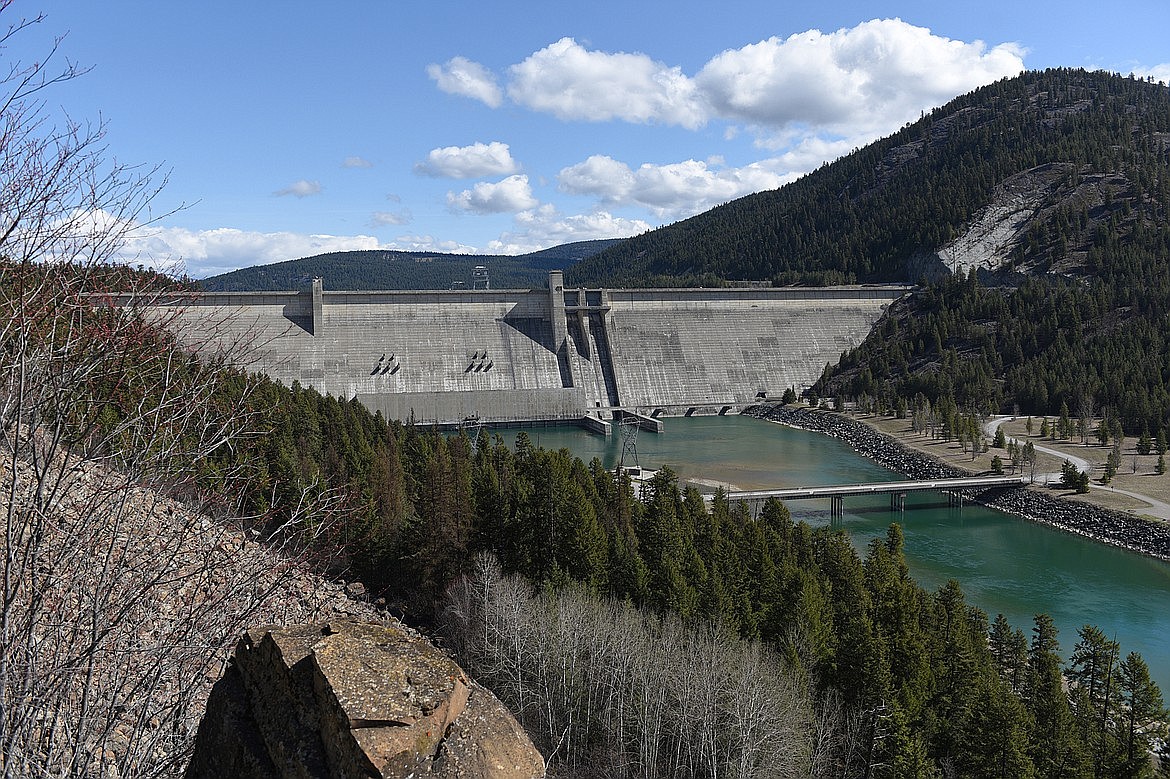U.S.-Canada agreement to address mining pollution
The Biden Administration announced at the end of March that the U.S. and Canada intend to come to an agreement this year to reduce and mitigate the impacts of water pollution from mining operations in the Kootenai watershed, including addressing selenium issues...
Become a Subscriber!
You have read all of your free articles this month. Select a plan below to start your subscription today.
Already a subscriber? Login



